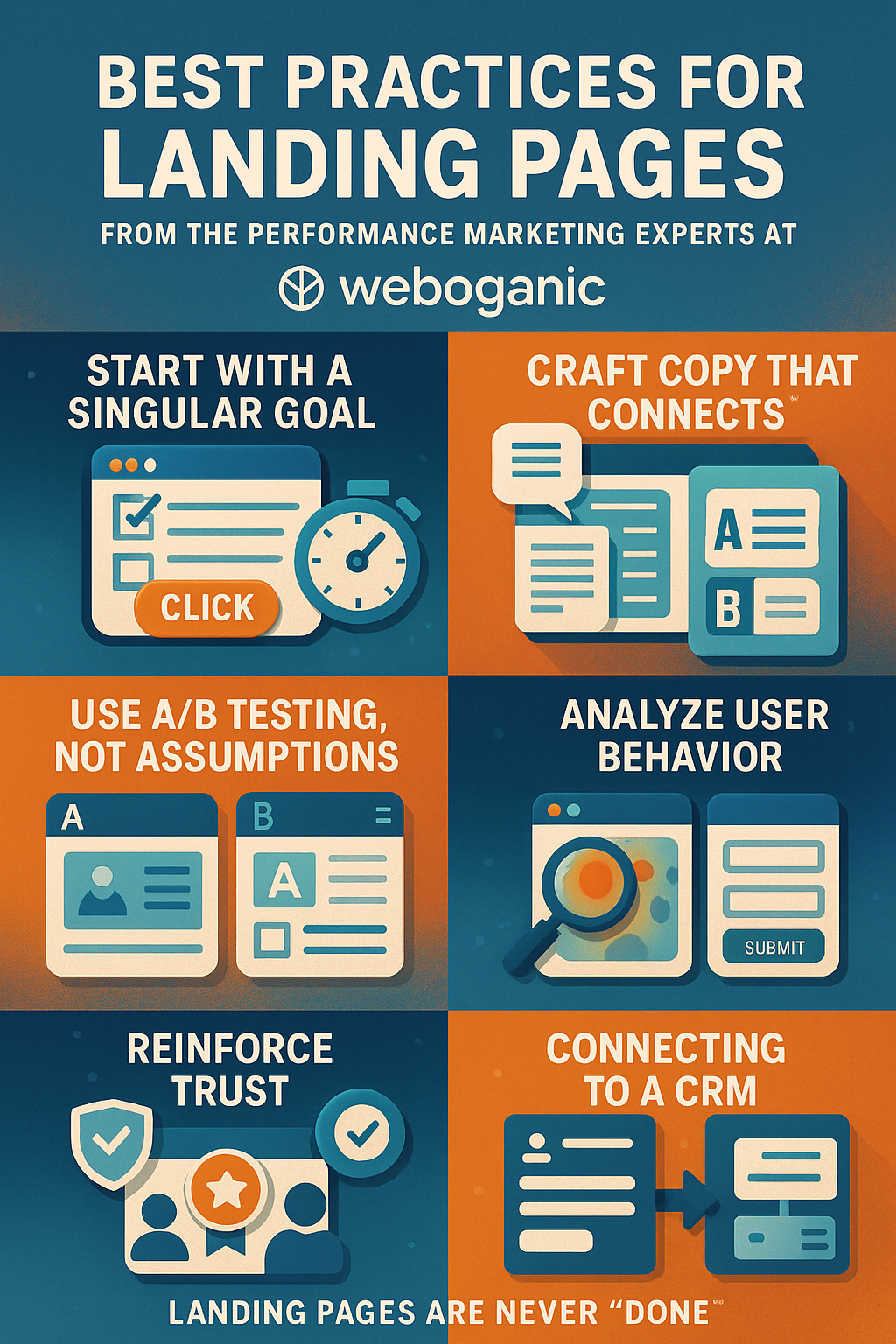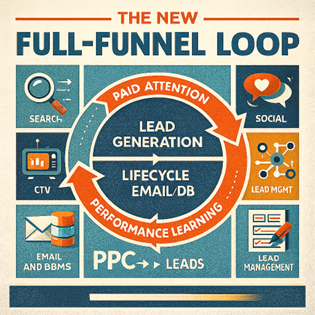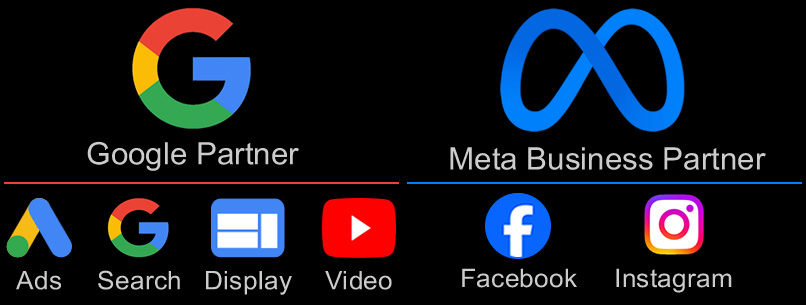Best Practices from the Performance Marketing Experts at Weboganic
Landing pages are the front lines of your digital campaigns. Whether you’re running paid search, social ads, or email promotions, the landing page is where your audience either takes action—or bounces. At Weboganic, we’ve helped hundreds of clients fine-tune their landing pages to maximize conversions. Here’s what we’ve learned.
1. Start With a Singular Goal
A high-converting landing page isn’t a homepage—it has one job. Whether it’s getting users to submit a form, make a call, or download a guide, every element on the page should support that singular call to action (CTA). Strip away anything that distracts.
Best practice: Use one CTA per page. Avoid multiple buttons, conflicting offers, or unnecessary links that steer users off-course.
2. Design for Clarity and Speed
Good design isn’t just about looking professional—it’s about removing friction. Users decide within seconds whether to stay or bounce. Visual hierarchy, whitespace, and mobile optimization all matter.
Key elements to optimize:
Above-the-fold content: Clearly state your value proposition and CTA without scrolling.
Load time: Every second of delay cuts conversions. Compress images, streamline code, and avoid bloated scripts.
Mobile UX: Your mobile experience should be clean, fast, and tap-friendly.
3. Craft Copy That Connects
Copy should answer the user’s unspoken question: “What’s in it for me?” Speak to their pain points, offer a benefit-focused solution, and build trust with social proof (reviews, testimonials, partner logos).
Don’t just describe the product. Sell the outcome.
4. Use A/B Testing, Not Assumptions
Assume nothing. Even small tweaks—like changing a button color, tweaking a headline, or shortening a form—can impact results. A/B testing (also called split testing) lets you compare versions to see what actually works.
Tips for testing:
- Test one variable at a time (CTA text, headline, image, etc.)
- Use statistically significant sample sizes
- Keep a log of past tests and learnings
Tools to consider: Google Optimize (sunset but still available through Firebase integrations), VWO, Optimizely, Unbounce, and Convert.
5. Analyze User Behavior
Use heatmaps, scroll tracking, and session replays to see how users interact with your page. Tools like Hotjar or Microsoft Clarity can show you where users get stuck, what they ignore, and how far they scroll.
Behavior insights can uncover:
- Dead zones in your content
- Confusing navigation
- Points of form abandonment
- Missed opportunities for engagement
6. Simplify Your Forms
Forms are the final hurdle. The more fields you add, the more users drop off. Unless it’s absolutely necessary, keep it short.
Best practice:
- Ask for only what you need to qualify the lead
- Use dropdowns and autofill to reduce friction
- Clearly explain what will happen after submission
7. Reinforce Trust
Conversion doesn’t happen without trust. Add credibility by showing that others have taken the same action—and benefited.
Trust-building elements:
- Reviews and testimonials
- Industry certifications or accreditations
- Privacy policy and security seals
- Clear explanation of what users are signing up for
8. Connecting to a CRM
Probably one of the most significant elements of a successful landing page is the Request Information for, it’s design, its elements, and its connectivity to the organization CRM. Do the research on the CRM and get the IT team involved. Understand mapping fields, how the CRM connects to external sites and the reporting capacity of collected data in the CRM.
Elements to consider:
- Structure the contact form with a balanced number of Personal Information Identification (PII) questions
- Identify key tracking components, such as UTM codes, for migration
- Optimize the Thank You page experience to give your consumer clear direction on next steps
Final Thought: Landing Pages Are Never “Done”
At Weboganic, we treat landing pages as living assets. They should evolve based on performance data, user behavior, and campaign intent. A page that works well today might underperform tomorrow. Continuous testing, analysis, and iteration are how you stay ahead.
Want us to take a look at your landing pages?
We’d be happy to run a quick audit and offer performance-driven suggestions.



